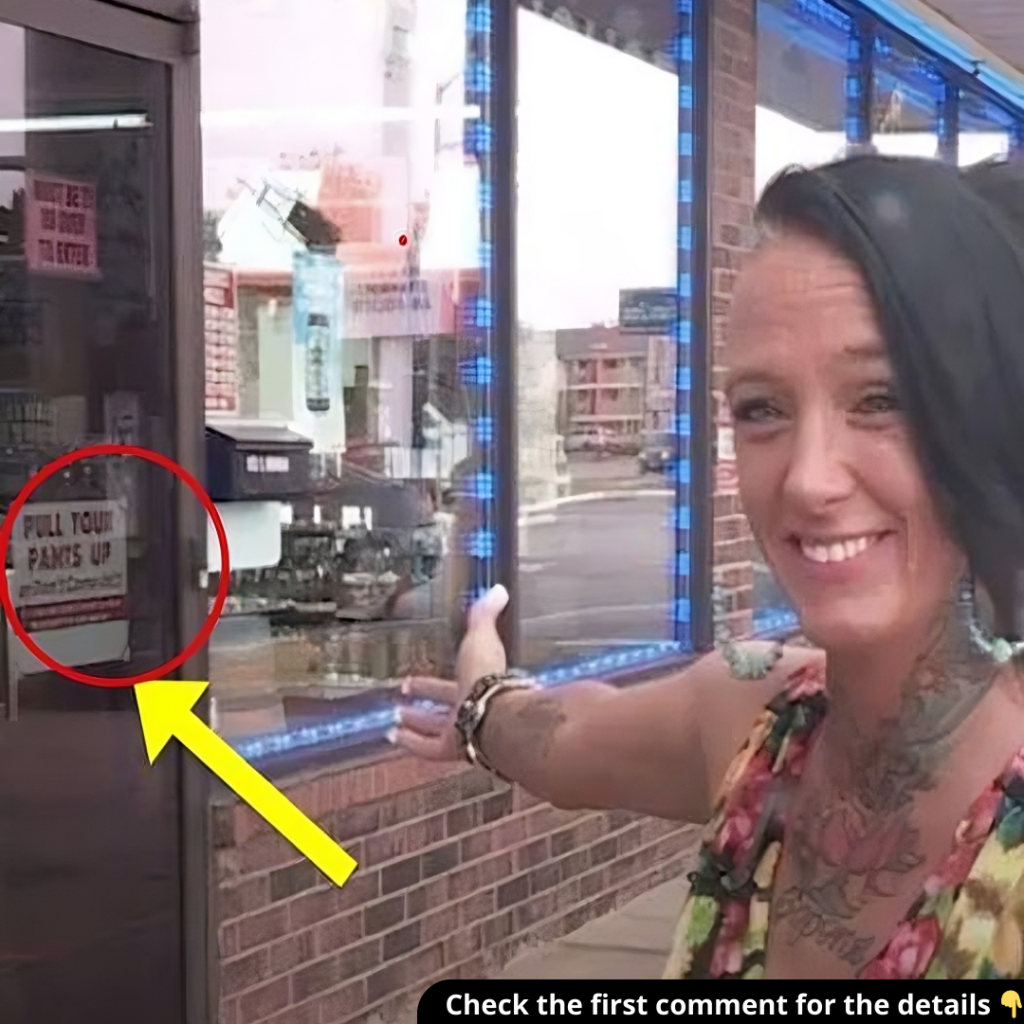It seems like every day, there’s something new stirring up outrage online. In today’s fast-paced digital world, even the smallest actions can ignite heated debates and draw the ire of social media users. A liquor store in Oklahoma, Midwest Wine and Spirits, recently found itself at the center of such a storm after putting up a sign in their window that some found offensive.
The sign read: “Pull your pants up or don’t come in. Try to have some decency and respect for others. No one wants to see your underwear.” On the surface, it may not seem like much, but its message triggered a wave of online backlash that quickly went viral.
The Sign That Started It All

At first glance, the sign seemed more like a personal preference than an offensive statement. Midwest Wine and Spirits wasn’t targeting any particular group or making inflammatory remarks about religion or politics. It was simply asking customers to pull up their pants—a request that many might even consider reasonable.
However, the message rubbed some people the wrong way. Critics argued that the store had no right to dictate what customers should or shouldn’t wear. To them, it felt like an unwarranted policing of personal choices.
In no time, a photo of the sign made its way onto social media platforms, where debates erupted. Was the sign harmless and justified, or did it overstep boundaries? The internet quickly turned into a battleground of opinions.
Going Viral: The Internet Takes Sides
Once the sign hit the internet, it spread like wildfire. People on both sides of the argument voiced their opinions passionately. Those who supported the liquor store saw the sign as a reasonable request for decency, while others criticized it as judgmental and unnecessary.
Chad Gilbert, one of the store’s managers, defended the decision to display the sign. “I realize wearing pants low is a fashion statement for some, but it doesn’t work for me, and I find it somewhat offensive,” he explained in response to the backlash.
Another employee weighed in with a more practical concern, stating, “Usually, when people come in with their pants sagging, it’s easier for them to steal bottles.”
These explanations did little to quell the uproar, as critics pointed out that the sign’s tone was condescending and unfairly targeted a specific style of dress popular among younger generations.
A Community Divided
The controversy didn’t just stay online. It spilled into the local community, where residents had mixed reactions. Some agreed with the store’s position, arguing that it was their business and they had every right to enforce a dress code.
Sunshine Weatherby, a local customer, expressed a different perspective. “I can see that if it was like a church. There are families there; you might have a problem with that. But this is a liquor store. I’ve seen worse at a liquor store.”
Her comment highlighted a key point in the debate: context matters. A liquor store isn’t exactly a family-friendly environment, so was enforcing a dress code really necessary?
The Fine Line Between Decency and Overreach
This incident touches on a broader issue: where do we draw the line between promoting decency and overstepping personal freedoms? In a world where individuality is celebrated, any attempt to impose a standard—no matter how well-meaning—can be met with resistance.
On one hand, businesses have the right to set rules for their establishments. They can refuse service to anyone who doesn’t comply with their policies, provided those policies don’t discriminate against protected groups.
On the other hand, customers have the right to express their opinions about those rules. In this case, some people felt that the sign unfairly shamed individuals for their clothing choices, turning a simple preference into a public spectacle.
A Modern-Day Controversy

This isn’t the first time a business has faced backlash for enforcing dress codes, and it likely won’t be the last. As society continues to evolve, the clash between traditional values and modern self-expression becomes more apparent.
The internet’s role in amplifying these debates can’t be ignored. What once might have been a minor issue is now broadcast to a global audience, with people from all walks of life chiming in. This creates a complex environment where even well-intentioned actions can be misinterpreted.
What’s the Real Takeaway?
At its core, this controversy is about more than just a sign in a window. It’s a reflection of our society’s growing pains as we navigate issues of respect, individuality, and community standards.
So, did the liquor store cross a line with its sign, or was it simply enforcing a policy it deemed necessary? The answer depends on who you ask. For some, it was a harmless plea for decency. For others, it was an overreach that highlighted the store’s biases.
The Bigger Picture
While debates like this can feel exhausting, they also serve a purpose. They force us to confront uncomfortable questions about our values and how we interact with one another.
Should businesses have the authority to dictate personal choices? Or should customers have the freedom to express themselves without judgment? These are questions we’ll likely grapple with for years to come.
In the end, the sign at Midwest Wine and Spirits did more than ask people to pull up their pants—it sparked a conversation about respect, individuality, and the power of words.
What do you think? Was the sign justified, or did it cross the line? Share your thoughts, and let’s keep the conversation going.
Sometimes, it’s the simplest things that reveal the most about who we are as a society.


